Questioni have 4 red ears and 1 map turtle sharing a 200 gallon indoor pond. there is no substrate. i have several fluval internal filters circulating the water and i change the carbon and clean every two weeks. there is a large basking area which they use daily. it's lighted by a 150 watt sun glo bulb, i'm not sure exactly how hot the basking area is, but the water is also heated to about 74 degrees F. they do not have UVB bulbs, but i take them outside in kiddie pools for natural sunlight in the summer for several hours a week. they eat 'rep cal' and 'turtle bites' pellets supplemented with dried krill, plankton and fresh salad greens. they eat almost daily, sometimes skipping a day. they are very active, alert and seem to be shedding properly and their shells have recently started looking better than ever. however, since we had a relative look after them for a couple months while we were on vacation, they have had a pinkish hue to their skin. at first we thought it was the build up of uncleaned filth in the water from over feeding of terrible nutrafin pellets (which are pink) but after about two years now since we've had them back, it hasn't gone away and recently looks worse. i've read online that this could be septicemia (blood poisoning) which is incurable. i can't stand the thought of euthanizing them and would do anything necessary to fix them if at all possible. the local reptile vet knows very little about turtles and i do not trust him. i've had them there before but my dog vet seems to know more than the specialist. she fixed one of my adopted red ear's ear infection with antibiotics we injected and she doesn't even deal with reptiles. if you have any advice regarding this it would be greatly appreciated. thankyou for your time.
AnswerI would probably need to see a picture of this, but the fact that it affects all of them is significant. So, if they all reside together and they all eat the same dietary items, then they are getting the same exposure to something in the environment or the diet.
First I will have to correct you; that septicemia is a general term and merely a symptom, not a root cause, and it is not necessarily incurable. It depends on what the underlying cause for the sepsis is. A systemic condition such as sepsis can be treated with antibiotics and anti-inflammatories if there has been no serious organ damage done before it is caught.
What I would suggest first thing is serology on at least one or two of them in order to take a look at the blood chemistry and see if anything immediately jumps out- such as elevated or lowered blood counts, low calcium, liver or kidney disfunction, etc. If you have a vet that is willing and knows even that they aren't exactly turtle experts, and is open to consulting with an experienced herp vet by phone or email, then that is enough. Having the results of a blood test and knowing what is a good base line can tell even a decent dog and cat vet what may be happening with these turtles. A vet that admits they don't know much about turtles, is better than one who blindly stumbles along as if they do know everything.
If you are dealing with sepsis, then I would suspect some serious effects such as lethargy, inflammation of limbs and head, probably swollen eyes, and refusal to eat, and labored breathing.
My initial thoughts would be to look for environmental factors such as water treatment and chronic exposure to other chemicals; or in the diet, such as marine food possibly high in mercury. If you are feeding them excessively every day, this may also be an issue depending on what you feed and how much. Most people feed adult turtles only once every other day. Excessive intake of commercially processed pet foods can have some effects that may manifest as skin coloration changes. Commercial dyes may be responsible for that too. People that drink excessive orange juice have been known to turn orange for some time. I would have to ask you if your diet has changed in the last couple of years, and perhaps you should change something about it in the way of your commercially processed food to see if the condition goes away. They may also be getting excessive protein from these daily feedings, which can be hard on liver and kidney function. Liver disfunction usually presents with some indications in the skin. I suggest more fresh foods and less protein and commercial processed junk food pellets and such. I use fresh foods such as earthworms, crickets and other invertebrates, along with anacharis, duckweed, and dried seaweed for my aquatic turtles.
Though I doubt after this length of time it is significant, it is still worth asking the relatives some questions if you never did before, just because it is good procedure to cover that base anyway. However, to me, it sounds like the source of this condition originated with you, and is getting worse due to something going on at your house. It is unlikely that something happened to them at the relatives that is just now getting worse 2 years later, unless something began about that time, and is being continued now.
Your turtles need indoor UVB lighting and a dry basking area, or an outdoor habitat with sunshine and dry basking area. I can't rule out fungus or bacteria if they aren't getting enough of either, and they need to have dry basking time daily while indoors if that is where they stay most of the day. UVB exposure should be about 20 minutes a day if it is natural sunlight, but it's not better for them to give it to them in big blocks of time. Natural sunlight is great, but you need supplemental indoor UVB lighting as long as they are living indoors.
I would also urge you to get thermometers and measure the water temp and basking area temp. Guessing at this is not a good idea, and I bet you are way off if you are guessing. Excessively hot water or basking area could lead to irritated and inflamed skin which might be reddish in color.
If you go to a vet, I would advise your vet:
1. DO NOT perform any vitamin A injection without serum retinol test
2. DO NOT use Baytril injection in undilute form
3. DO NOT perform any injections in the rear half of the turtle ( renal system )
http://www.chelonia.org/articles/graptemyscare.htm
http://www.turtlepuddle.org/health/skin.html
http://redearslider.com/
http://www.anapsid.org/mainchelonians.html
http://www.anapsid.org/reslider.html
http://www.allturtles.com/setup/indoorWT.php
http://www.geocities.com/margareth100.geo/res.html
http://www.turtlepuddle.org/
http://www.austinsturtlepage.com

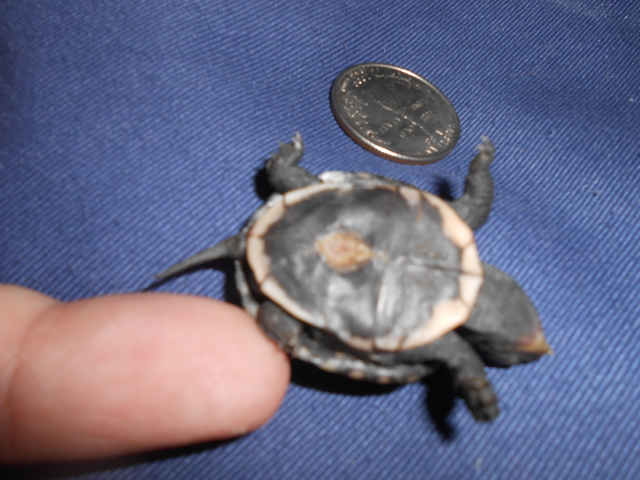 identifying a hatchling
Question
Turtle Turtle2
I found a turtle o
identifying a hatchling
Question
Turtle Turtle2
I found a turtle o
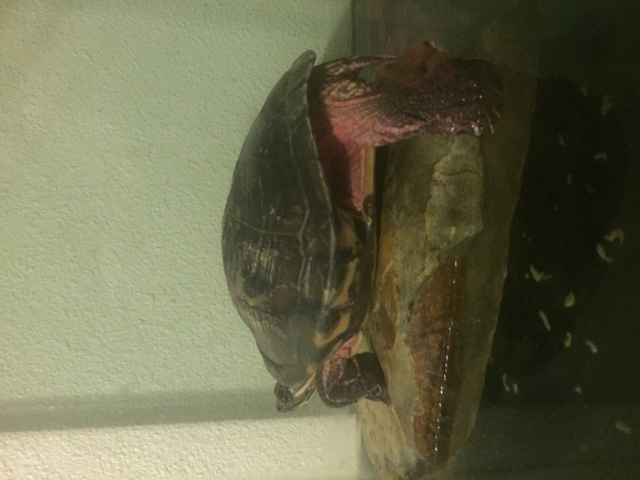 Skin infection
Question
Dudley
I think my 20 year old red ear
Skin infection
Question
Dudley
I think my 20 year old red ear
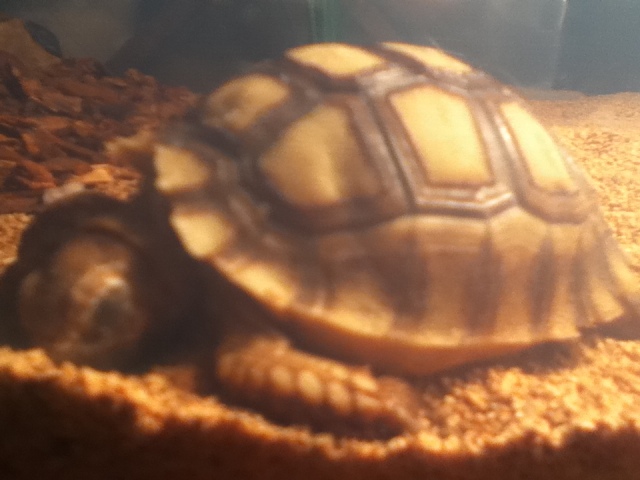 i need help with my tortoise
Question
My Tortoise Rocky
You see, i just bought a tor
i need help with my tortoise
Question
My Tortoise Rocky
You see, i just bought a tor
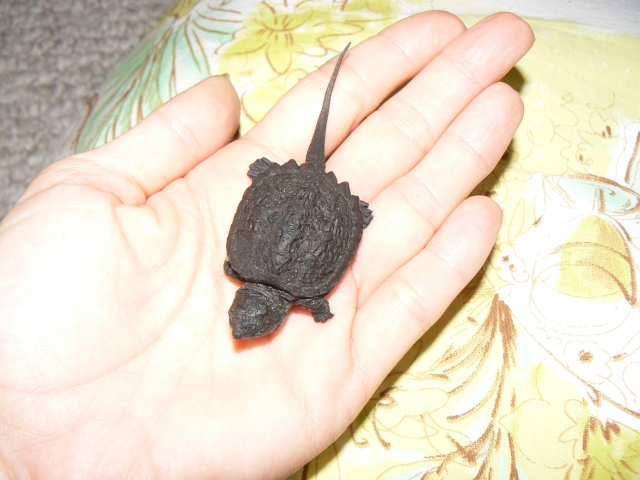 hatchling snapper
Question
Whipper Snapper
hey mark... this site is great
hatchling snapper
Question
Whipper Snapper
hey mark... this site is great
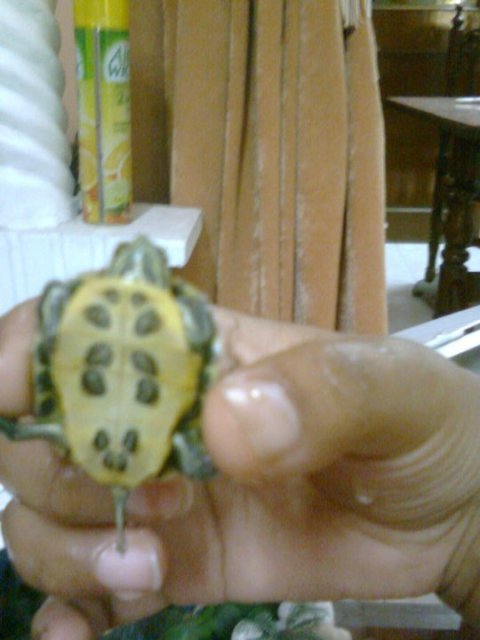 turles pregnancy...
Question
gangster
i have bought a red eared slider turt
turles pregnancy...
Question
gangster
i have bought a red eared slider turt